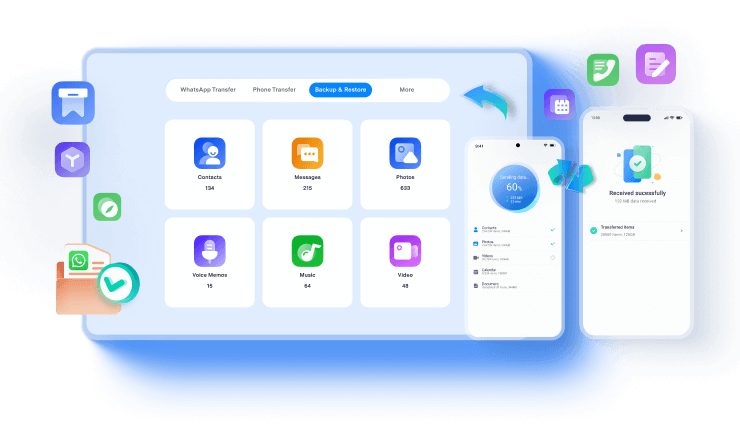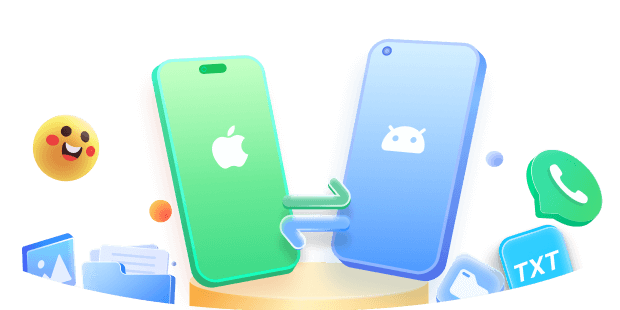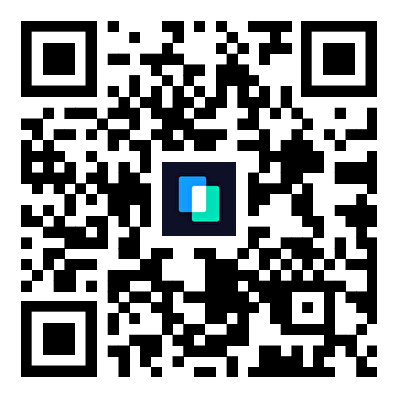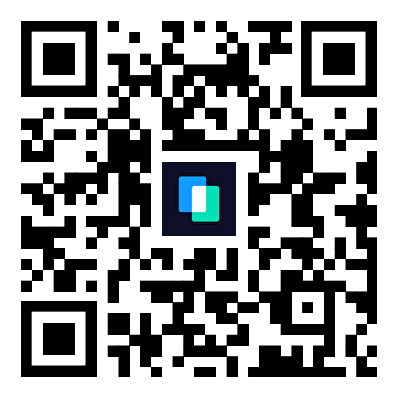The importance of a Mobile Device Management (MDM) solution in organizations is indisputable. It has a long list of features that promote the security of all devices. It also offers functions that benefit the company in one way or the other.
However, when you think about MDM tools features and functions compared amongst each other, what do you expect? The truth is that the answers can be pretty diverse. After all, various solutions have different features.
Part 1: 10 Must-Have Mobile Device Management Features
As you purchase your MDM solution, you should be keen on the features you get in return. Some of them are things you can't do well without hence the need to take them seriously. So, when all is said and done, MDM tools features and functions compared, and all, these are the must-have MDM features.

1. Security
This feature ensures that your MDM secures your mobile data excellently. It can detect compromised devices through jail detection. It can also detect malware, allowlist, and denylist applications. It also comes in handy if you lose your phone, probably after a theft. I monitor outbound commission, block transmission, alerts users, and prevent data loss.
2. Secure Internet Access
Security goes beyond devices and also touches on networks, including the internet. With MDM, securing communication and internet access becomes easy. From secure browser to VPN connection, there are several alternatives to consider.
3. Detection of Use and Location of Devices
An MDM allows you to set the location which your employees and customers must be within to use your mobile devices. It also dictates the operation time. It limits what applications you can use at any given time. Some will lock themselves if you are outside your workplace.
4. Integration
A need to integrate applications may arise in efforts to have efficient management. An MDM will ensure that you only use a single platform despite devices having different operating systems and configurations.

5. Monitoring Uses
Some employees can take advantage of your bandwidth or internet connection to carry out personal tasks. An MDM will monitor that to prioritize business tasks over such activities. Besides monitoring the data usage, it can also set its limit so that people can't download large files for personal use or stream.
6. Access
One aspect of security is restricting data access to only authorized personnel. That's where the MDM comes in to assist in assigning various roles to different users. As an administrator, it is your responsibility to grant permission depending on the various roles. Unlike normal situations where access is granted using passwords, MDMs also introduce biometric authentication to take security a notch high.
7. Encryption
This is an important aspect when transmitting data across various mediums. The aspect has been used for a while now since it protects data in the event that it lands in the hands of unauthorized personnel. An MDM makes it even better by ensuring it works despite the device despite the different operating systems.
8. BYOD Support
If employees will be using their personal devices to work, how do you strike a balance between the security of the business and the user's privacy? An MDM solution will come to your rescue to help you achieve that.
9. Reporting
Are users downloading or uploading suspicious data? Do they have some warranting behaviors? That's where this reporting feature helps by notifying the administrator if that's the case. They can also tell if the device is healthy, being used as guided, compliant, updated, and much more.
10. Device Diagnostics
If a device has a problem, an MDM will solve it remotely. In fact, some will detect the problem even before the device starts misbehaving.
This video discusses some MDM features
Part 2: Triple Your Results by Learning Key MDM Functions
Besides having an MDM solution, what's next? That's a good question to ask yourself before and after procuring one. Why before? That's because it will help you buy a solution that meets your needs perfectly. What about after? It will see to it that you use all the functions to benefit your organization to the fullest. So, let's learn these key MDM functions without further ado, which could make much difference in your firm. After all, it's about MDM features and functions compared.
1. Security Functions
Isn't it the main reason why organizations look for MDM solutions in the first place? An MDM plays a huge role when it comes to mobile data security and compliance as well. It gives some power to the IT teams allowing them to control those mobile devices. It puts various features at their disposal, including setting minimum password strength, shut down, restart, lock, and remote wipe.
2. Cross-Platform Support
An excellent MDM platform will also ensure it accommodates all mobile devices regardless of their type and operating system. For instance, Mac and iOS devices get the necessary features, which also happens to Windows and Android mobile devices.
3. Software Deployment
Besides security, applications are also important because they help in the execution of tasks. A great MDM solution makes it possible to deploy apps and patches across various devices easily. You also get to easily identify your software vendors and what you procured from each one of them.
4. Zero Touch Deployment
This is the better alternative to device imaging. All that's needed is building a configuration in your MDM. Then, once the mobile devices connect to the internet, thus enrolling in the MDM, things take a different turn. They start downloading all the organization's apps and configurations.

5. Remote Configuration
An MDM simplifies configurations, especially in a situation where employees are working remotely. The physical distance may exist but checking into the MDM remains crucial. Consequently, your IT team can do all the configuration regardless of their location. It also eliminates the need for weird connectivity or the use of a VPN when doing all that.
6. User Management
The IT team gets to manage users and devices remotely as well. Consequently, they can access compromised devices, people misusing the devices, and so forth. It becomes easy before such circumstances compromise mobile data security.
Part 3: Recap: All 6 Key MDM Functions at a Glance
Review 10 MDM Functions again here and use a few brief but refined words to illustrate the benefits of understanding these Functions.
Earlier, we discussed the 6 key MDM functions. This segment illustrates how they can be beneficial to your organization.
1. Security Functions
It is no secret that BYOD policy has become an integral part of most organizations. Therefore, it might be hard to have physical contact with mobile devices at all times. As good as remote working is, it can pose a challenge if there are changes especially concerning security, that need to be done on the devices.
Fortunately, this MDM function makes remote deployment and activation possible. Consequently, you get to solve the issue on all the company's devices regardless of their geographical location without having to travel to all those places.
2. Cross-Platform
Can you imagine controlling the mobile devices of your employees and customers on one platform? It saves you a lot of time and effort. The cross-platform function will facilitate that since it cuts across all the device types and operating systems.
3. Software Deployment and Patch Management
It can be hard to keep track of all your software vendors since the list can be quite long. Fortunately, that's easy to tell by simply running a report using your MDM. Consequently, staying compliant with them becomes a breeze. It also allows efficient operation since software deployment also becomes easy. You also get to manage patches as quickly as possible, which is crucial for security reasons.
4. Zero Touch Deployment
Thanks to this function, it becomes unnecessary to open, set up, and configure each mobile device individually. On the contrary, you press a button, and every mobile device of your organization receives the configurations. Isn't it an effortless and straightforward process?
5. Remote Configuration
Upon the release of operating systems updates, an MDM will notice that right away. Equally important, the remote configuration will ensure that mobile devices get it right away to help them stay up to date. One can't emphasize enough the importance of that when it comes to security.
6. User Management
Controlled access ensures that only authorized people access a certain set of data. At the same time, it limits access to vulnerable users such as customers since they are often targeted. There is no need for your users to have a million and one logins for every task they do because the MDM integrates everything into a single dashboard.

Key Takeaways from This Episode
● As we conclude MDM features and functions compared, we can't deny the importance of having all the necessary features and functions. Fortunately, you now know about the features.
● The article has also discussed the functions and their benefits.
● If you want to discuss more this, simply drop a comment below and we will make sure to respond.
New Trendings
Top Stories
All Categories










Axel Nash
staff Editor